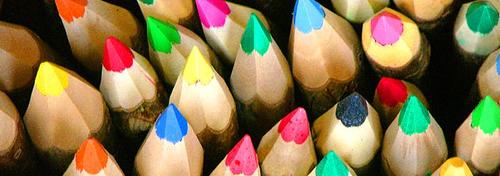By Kendra Cherry, About.com

While perceptions of color are somewhat subjective, there are some color effects that have meaning. Colors in the red area of the color spectrum are known as warm colors and include red, orange and yellow. These warm colors evoke emotions ranging from feelings of warmth and comfort to feelings of anger and hostility.
Colors on the blue side of the spectrum are known as cool colors and include blue, purple and green. These colors are often described as calm, but can also call to mind feelings of sadness or indifference.
Color Psychology as Therapy
Several ancient cultures, including the Egyptians and Chinese, practiced chromotherapy, or using colors to heal. Chromotherapy is sometimes referred to as light therapy or colourology and is still used today as a holistic or alternative treatment.
In this treatment:
- Red was used to stimulate the body and mind and to increase circulation.
- Yellow was thought to stimulate the nerves and purify the body.
- Orange was used to heal the lungs and to increase energy levels.
- Blue was believed to soothe illnesses and treat pain.
- Indigo shades were thought to alleviate skin problems.
Most psychologists view color therapy with skepticism and point out that the supposed effects of color have been exaggerated. Colors also have different meanings in different cultures. Research has demonstrated in many cases that the mood-altering effects of color may only be temporary. A blue room may initially cause feelings of calm, but the effect dissipates after a short period of time.
No comments:
Post a Comment